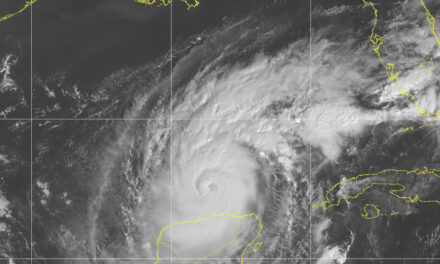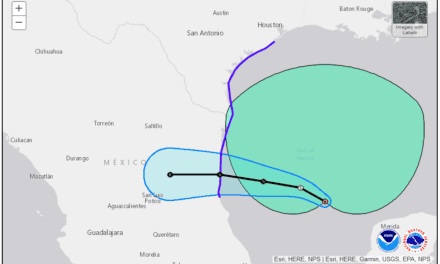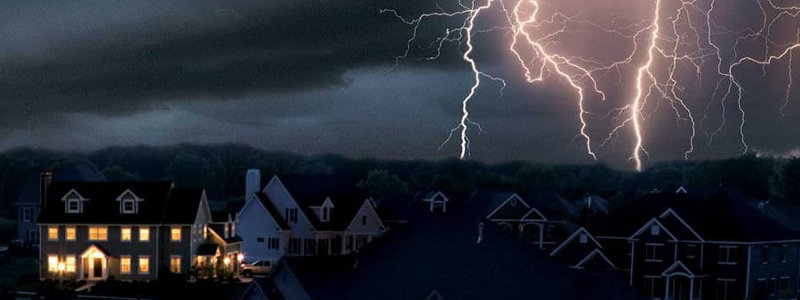
Blackout Hits Times Square—Midtown—Hell’s Kitchen on Anniversary of 1977 NYC Blackout
At about 6:47 PM EDT, the power went out to 72,000 New York City Con Ed Customers from the Hudson River to Fifth Avenue and 72cd Street to Times Square. The Power Outage left people stranded in elevators, delicatessens served customers by flashlight, and residents sat on their stoops to escape sweltering apartments without air conditioning. A substation relay protection system designed to protect city’s grid from outages failed and caused the outage.
The blackout occurred on the 42cd anniversary of the 1977 New York City Blackout which left the entire city without power except a small portion of Queens.
Con Ed fixed this year’s outage and instituted measures at other substations to prevent future problems.
The Manhattan Blackout is symptomatic of a widespread and growing problem across North America. The Power Grid is aging and growing more complex at the same time. Like this year’s failure in New York, other portions of the grid are just as vulnerable. A single problem could grow into a larger issue and cause a cascade of failures that take out large sections of the nation’s supply of power.
A Complex Problem Without Simple Solutions
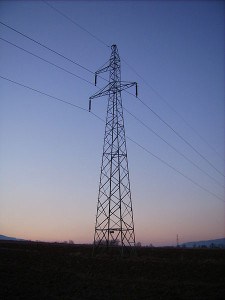
Hundreds of generating plants across North America contribute power to the grid. The complex system includes small and large hydroelectric plants, nuclear power, coal, and gas. Every plant has limitations based on the design. As just one example, the ability of the water source to supply power limits a hydro plant. A small river has a small hydro plant. A large reservoir can provide much more power.
The “Grid” comprises a wide transmission network that carries power across the country. Smaller distribution grids supply cities, towns and rural areas. Substations take power from the transmission system and distribute locally. Included throughout the systems are numerous devices that protect the system from overloads—like the overcurrent protection relays that failed in this year’s NYC Blackout.
The parts interconnect to provide redundancy and greater reliability, but that strategy can break down in a big way when critical components fail. In the 1977 blackout, a single critical component failed which caused other components to carry more current than their design allowed and eventually caused their shutdown.
In 1977, one aspect of the system’s design did work correctly. It isolated the problem (the entire city of New York) from the national grid and prevented a much wider blackout.
Another reliability issue—the big transformers in major substations and interconnect stations cost millions of dollars and take more than a year to build. We don’t have any spares just sitting around. If one of those goes down, perhaps a redundant transformer picks up the slack. But what happens if it fails?
In November of 2017, the Department of Defense simulated a national grid and communication system failure. Based on an Electromagnetic Pulse (EMP) caused by a solar Coronal Mass Ejection (CME,) the drill allowed the DOD to test communication with the Military Auxiliary Radio System (MARS) and Civilian Shortwave Radio communications.
Extended Power Outages
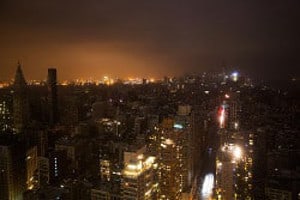
Extended outages are a part of life in some parts of the United States. Hurricanes along the East Coast and Gulf of Mexico cause widespread power outages. The severity of the storm determines the extent of damage. The utilities prepare ahead of the storm, stage equipment and personnel, and begin work as the storm subsides. Even with advance preparation, some customers wait weeks for repair crews to turn the power on.
Some utility customers waited six weeks after Hurricanes Sandy and Katrina.
It doesn’t take a hurricane to knock out power for extended periods. Every year, weather events across the country leave millions of utility customers without power. Snowstorms, ice storms, tornadoes, and thunderstorms all cause outages.
Hurricane-force winds left 65,000 Northern Illinois Com Ed customers without power. Seven years earlier, a stronger storm knocked out power to a million customers during a record heat wave.
Bad enough when a storm or equipment failure causes an outage. Pacific Gas & Electric in California causes deliberate blackouts. The utility is blamed for starting wildfires along poorly maintained sections of rural distributions lines. Shutting off the power during certain risk factors reduces the risk of causing fires. Meanwhile, residents go without power in the summer month. The utility intends to increase the number of outages this year while it clears utility line right-of-ways.
Backup Power

A popular question on social media often asks, is a backup generator worth it? Does your neighborhood experience outages with any regularity? Even a single outage that lasts more than a few hours leaves spoiled food in the refrigerator and the basement flooded when the sump pump doesn’t run. Longer outages in the winter could cause burst pipes. Summer outages in the middle of a heat wave send entire families to a hotel.
Standby generators provide peace of mind while they protect homes and families during power outages. A portable generator system can provide power during an outage. With extension cords, a 3500-Watt to 6500-Watt portable can power refrigerator and freezer, sump pump, lights, microwave, and other appliances. Connected through a transfer switch, the furnace will run and keep the house warm in the summer. It takes more power than most portables can supply to run the larger central air conditioners.
Portables are not automatic. Don’t run them next to your house or without protection in bad weather. They require refueling three to four times a day. Someone has to hook them up and keep them running. Buying fuel during an extended outage can turn into a nightmare after a hurricane or other devastating storm.
Standby generators are automatic. They install as close as 18 inches to the house, run on natural gas or propane—no need to refuel or go looking for an open gas station. Monitor them from your smart phone or tablet without going outside.
They start and run in any weather including a hurricane and will power multiple central air conditioners and all the other appliances. In fact, standby generators are considered the next must-have appliance.


